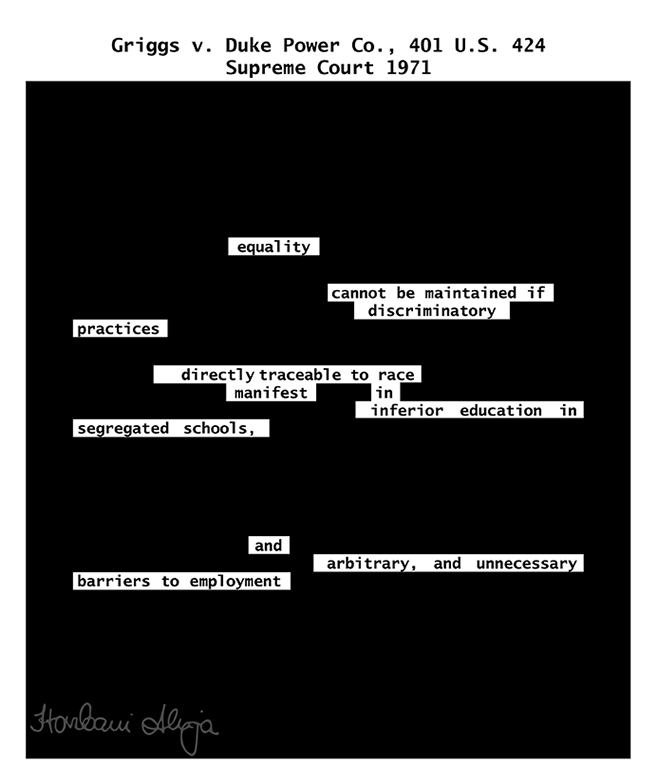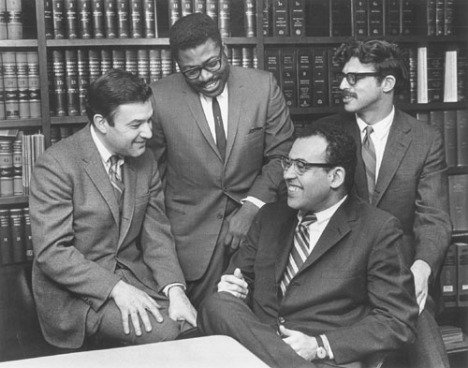

During the plan's first year of operation, seven black and six white craft trainees were selected from the plant's production workforce, with the most senior black trainee having less seniority than several white production workers whose bids for admission were rejected. Pursuant to the national agreement, Kaiser, rather than continuing its practice of hiring trained outsiders, established a training program to train its production workers to fill craft openings, selecting trainees on the basis of seniority, with the proviso that at least 50% of the trainees were to be black until the percentage of black skilled craft workers in the plant approximated the percentage of blacks in the local labor force. This litigation arose from the operation of the affirmative action plan at one of Kaiser's plants where, prior to 1974, only 1.83% of the skilled craft workers were black, even though the local workforce was approximately 39% black. The agreement included an affirmative action plan designed to eliminate conspicuous racial imbalances in Kaiser's then almost exclusively white craft work forces by reserving for black employees 50% of the openings in in-plant craft training programs until the percentage of black craft workers in a plant is commensurate with the percentage of blacks in the local labor force.

(Kaiser) entered into a master collective bargaining agreement covering terms and conditions of employment at 15 Kaiser plants.

In 1974, petitioners United Steelworkers of America (USWA) and Kaiser Aluminum Chemical Corp.


 0 kommentar(er)
0 kommentar(er)
